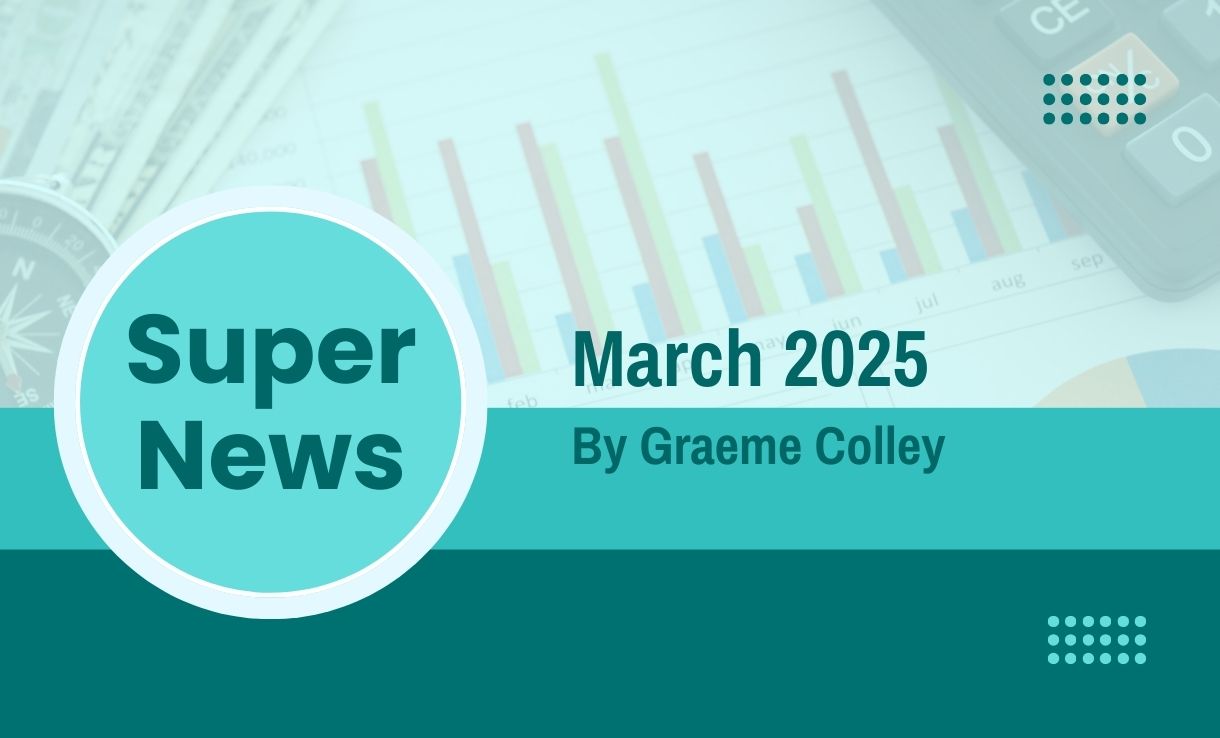Question
To reduce member exposure to Div 296 tax some SMSF trustees have suggested that they would like
to post all revaluation increases to an investment reserve.
This is rather than allocating the unrealised increase in market values of currently held assets directly to member accounts at every year end.
The actual increase in an asset’s value is later allocated to member accounts only when the asset is actually sold and the SMSF is able to supply sufficient funds to pay the Div 296 tax at that later point instead.
Is this feasible or would this fall foul of existing ATO guidance?
Comments
In effect this is using tax effect accounting which makes provision for the potential Div 296 tax at a later point in time. As tax effect accounting relates to the tax payable by an entity and the liability for Div 296 tax is with the member of the fund it would appear that to make a provision in the fund’s accounts for future Div 296 tax is not available. The legislation provides that a member can refer the Div 296 tax liability to the fund for payment.
In relation to the use of investment reserves the ATO has published SMSF Regulators Bulletin SMSFRB 2018/1 on the uses of reserves in SMSFs. The ATO has a number of concerns which include
the use of reserves to manipulate a member’s balance in the fund. If the reserves are used for purposes of manipulating a person’s total superannuation balance then the ATO may take action as indicated in the Bulletin. Here is the link to the Bulletin.
Question
How will Div 296 work for SMSF asset valuations?
Comments
Asset valuations for purposes of Div 296 will be no different to the valuations used for the accounts of the SMSF. The reason is that the member’s Total Superannuation Balance is reported to the ATO at the end of the financial year and is used to calculate the member’s ‘superannuation earnings’ for the year and the calculation of the proportion of the member’s Total Superannuation Balance that lies above the $3 million threshold.
In relation to asset valuations, over the past year the ATO has had a project which identified 16,000 SMSFs with assets in property and unlisted trusts that where the fund had reported the same value for 3 or more consecutive years. Trustees and their advisers were asked by the ATO to make adjustments so that the assets were reported at their market value. When annual returns for the funds under review were lodged with the ATO 80% had adjusted the property values but only about 48% had adjusted the value of unlisted trust investments by SMSFs.
Question
Is a re-contribution strategy available for only 60-65 year-old range or up until age 75?
A re-contribution strategy is available up to 28 days after the month in which the member has reached age 75. In simple terms the member may withdraw an amount from their superannuation
account and recontribute non-concessional contributions back to their account or another member’s account in the fund, such as their spouse
A recontribution strategy is where a member:
• has an unpreserved benefit which can be paid to them from the fund, and
• part of all of the amount received is recontributed to superannuation as a non-concessional contribution.
Benefit of re-contribution strategy
• Reduction of the taxable component of a benefit mainly for estate planning purposes
• For Div 296 purposes it can reduce the member’s account and the amount recontributed will increase the account of the member’s spouse in the SMSF
A re-contribution strategy requires that a condition of a release of retirement is met to withdraw an
amount from super.
Conditions of release of retirement:
• Person is older than preservation age (currently age 60) and has ceased any gainful employment in which they were engaged between age 60 and 65,
• Person has retired from gainful employment between age 60 and 65, or
• Person is age 65 and over.
The amount received from the fund is made, wholly or in part, back to superannuation as a non- concessional contribution.
Question
If a super fund’s taxable income is calculated by not following tax law, and an accountant will not amend the financial statements, i.e. claiming ASIC fines as an allowable deduction, or treating property capital improvement items as deductible repair expenses, the financial statements can be qualified, but is there a SIS contravention? and is there a reportable SIS contravention? I have considered s65(1)(b) but have not used it.
Note: s65(1)(b)
I am not sure why reference has been made to s65(1)(b) as it relates to providing financial assistance to fund members or their relatives, as follows:
65(1) A trustee or an investment manager of a regulated superannuation fund must not:
(a)…..
(b) Give any other financial assistance using the resources of the fund to:
(i) a member of the fund; or
(ii) a relative of a member of the fund.
Comments:
When accounts are prepared for any entity, including an SMSF, they may be for different purposes. For example, for accounting purposes the net income of an SMSF may account for ASIC fines and treat capital items as expenses. However, when the accounts of the SMSF are being prepared for taxation purposes adjustments may be made to the accounting records to exclude those expenses which are not permitted as tax deductions.
For purposes of GS009, which is the AuASB’s Guidance Statement on Auditing SMSFs, clause 21 says:
21. The auditor is required under the SISA to:
(a) provide an auditor’s report on the SMSF’s operations for the year to the trustee in the approved form, no longer than 28 days after the trustee of the fund has provided all
documents relevant to the preparation of the report to the auditor; (b) report in writing to the trustee, if the auditor forms the opinion in the course of, or in connection with the performance of, the audit of the SMSF, that:
• (i) any contraventions of the SISA or SISR may have occurred, may be occurring or may occur in relation to the SMSF (section 129 of the SISA); or
• (ii) the financial position of the SMSF may be, or may be about to become, unsatisfactory (section 130 of the SISA);
Therefore, for purposes of the SISA or SISR the auditor is to report on the operations of the fund for the relevant financial year and whether there have been any contraventions of that legislation including the financial position of the fund. Therefore, the audit required does not include an audit of the fund’s income tax returns and whether an amount is assessable income or a tax-deductible expense.
Just to confirm that the Income Tax Assessment Act 1997 does not allow a tax deduction for fines or capital expenses. However, capital expenses may be added to the cost base of a CGT asset if permitted by the legislation. Here is what the ATO’s website says about fines and capital expenses:
No deduction for fines:
Section 26-5 of the Income Tax Assessment Act 1997 specifically makes penalties or fines imposed as a result of breaches of an Australian law non-deductible.
Deductions for capital expenses:
“You can claim a tax deduction for expenses relating to repairs, maintenance or replacement of machinery, tools or premises you use to produce business income, as long as the expenses
are not capital expenses.” ATO website Capital expenses can add to the cost base of a CGT asset.
Question
I have a client who turns 75 years old on 29 June 2025 and wishes to make the maximum non-concessional contributions to her SMSF before her cut-off date which is 28 July 2025.
Answer:
Age eligibility
For the 2022–23 and later financial years, if you're under 75 years of age at any time in a financial year, you're eligible to use the bring-forward arrangement in that financial year, subject to the age-related and other restrictions on the types of non-concessional contributions your fund may be able to accept.
If you're 75 years or older for all of the financial year, you're not eligible to use the bring-forward arrangement in that financial year. Link to ATO website:
https://www.ato.gov.au/individuals-and-families/super-for-individuals-and-families/super/growing-and-keeping-track-of-your-super/caps-limits-and-tax-on-super-contributions/non-concessional-contributions-cap
A person who is age 75 on 29 June 2025 may be able to access the 3 years bring forward rule in the 2024-25 financial year. However, they could not access the bring forward rule in the 2025-26 financial year as they would not be under age 75 at any time in that year.
Therefore, if they wish to use the 3 years bring forward rule which allows a non-concessional contribution of $360,000, it would need to be accessed in the 2024-25 financial year, subject to the person's Total Super Balance on 30 June 2024 being less than $1.66 million.
If the person wished to contribute in the 2025-26 financial year up to 28 days after the month in which they turned age 75 (28 July 2025) they could only make non-concessional contributions of $120,000 for that year, subject to their Total Superannuation Balance being under $1.9 million on 30 June 2025.
Options:
|
non-concessional contributions 2024-25 financial year
|
non-concessional contributions 2025-26 financial year
|
|
To use the 3 year bring forward rule the Total Super Balance must be less than
|
$1.66 million on 30 June 2024
|
$1.67 million on 30 June 2025
|
|
non-concessional contributions
|
$360,000 if 3 years bring forward rule can be used
|
$Nil
|
|
$240,000 if 2 years bring forward rule can be used
|
$Nil
|
|
$120,000
|
$120,000
|

